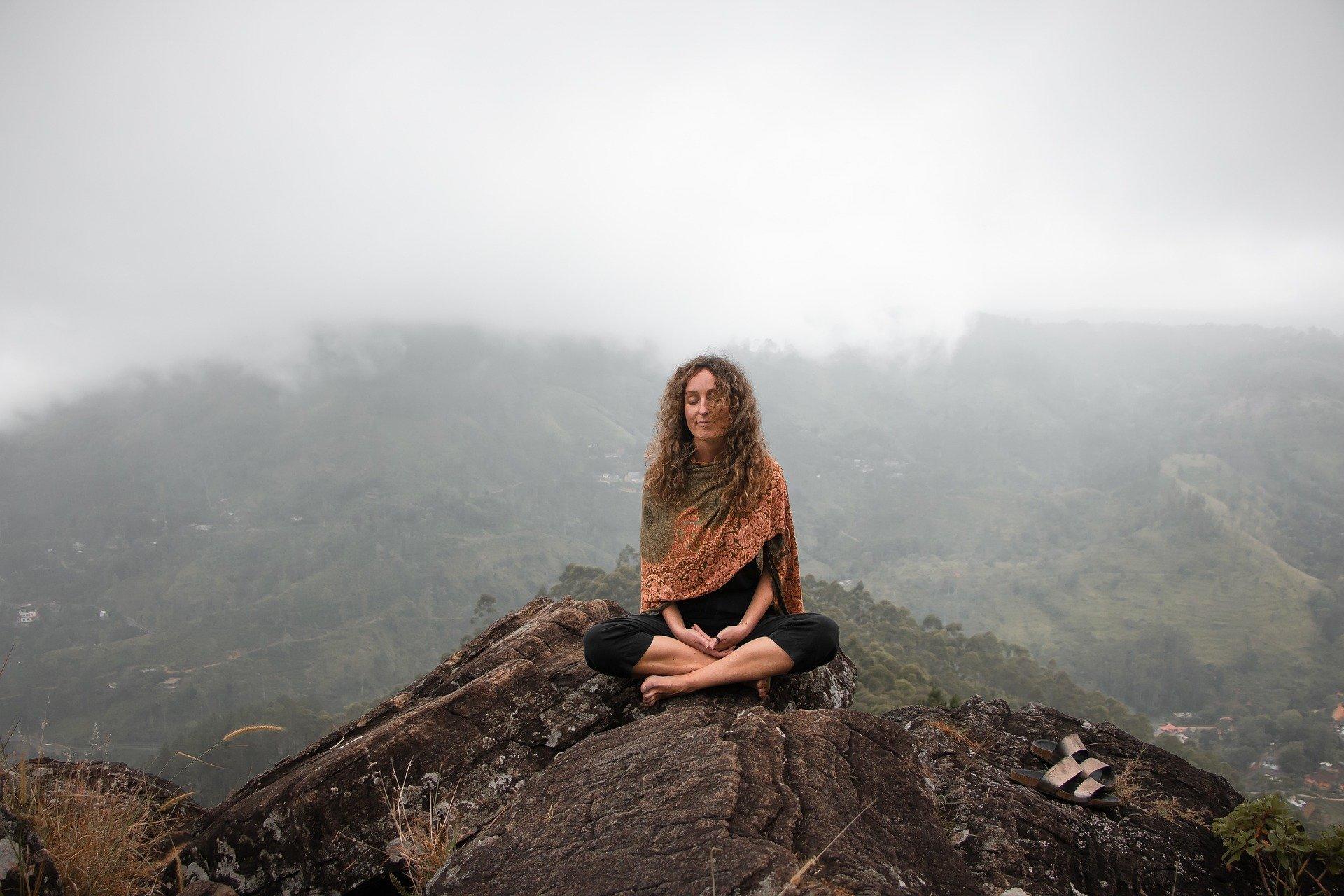“Ageing is just another word for living.” - Cindy Joseph
Fauja Singh, the oldest marathon runner in the world ran until the age of 101 and only started his marathon running at 89! Of course, not everyone can do this, but it shows that it’s not impossible to exercise after the age of 50. Exercising can keep you in shape and help you to age better. It’s good for your cardiovascular health and can combat osteoporosis, hypertension, and arthritis. So whether you’ve been athletic your whole life or are looking to start exercising in your 50s, both are good ideas. In this article, we'll look at how older people and seniors can stay fit and the workouts, activities, and classes they could do.

Tips for Choosing the Right Activities for Over-50s
In your 50s, your muscle mass will diminish and your body tends to stiffen so it's important to ensure that any exercise you do works with your physical condition. 
Choose Activities According to Your Experience
When choosing the kind of exercise you’ll do, you need to think about your experience and fitness. If you regularly exercised your whole life, you can look at more intensive sports and activities. However, you also need to be aware that certain activities you did when you were younger may no longer be possible in your 50s and even less likely in your 70s. 
- Combat sports requiring balance, speed, and strength. Of course, that won’t be true if you’ve done karate since you were a child. However, listen to your body and ask your doctor if you have any concerns.
- Sports with a risk of falling like skiing. You won’t recover from a broken leg as quickly when you’re 65.
- Sports with complex technical gestures. Learning certain techniques become more difficult with age. If you’re learning piano, that’s not a problem, but when it comes to certain sports, getting it wrong could result in an injury.
- Team sports like basketball, rugby, or football, especially once you reach 70. Being in a scrum certainly won’t help, either.
- Watersports like windsurfing and surfing.
- Scuba diving
Nevertheless, there are still plenty of group sports you can enjoy and variations on the above sports that have been adapted for older players like 5-a-side football and rugby and non-contact versions of them. Basketball, for example, can include larger baskets and lighter balls. If you’re set on doing a sport that isn’t recommended, always ask your doctor first. Depending on your fitness, you might still be able to do it. In every situation, you want to ensure that the sport or activity is suitable for you. If you’re out of ideas, you can always ask for a professional opinion from a doctor. In some cases, it may be more about the duration and intensity of the activity rather than the activity itself. You also need to consider the equipment that you’ll be using. There’s a higher risk of tendinitis, too. Find out why you should exercise in your 50s and beyond
Choose the Activity According to Your Wants and Needs
A lack of exercise can be detrimental to your health. Regular physical exercise can reduce the risk of cardiovascular disease, help you to lose weight, and keep you flexible. 
Choosing Activities for Your Fitness and Weight
Once you reach 50, it can be difficult to lose weight. In addition to eating healthily, exercise can burn calories. It can also lead to a healthy heart and reduce the chance of diabetes. Here are some of the best exercises for losing weight:
- Walking. You do this almost every day.
- Hiking. This is more physically intensive than just regular walking. We recommend starting with easier hikes with little elevation change, especially if you’ve had problems with your knees.
- Longe-cote. This is like hiking but in the sea. This originated in the north of France and essentially involves hiking up to your hips in the sea.
- Nordic walking. This is like power walking with the help of walking poles.
- Cycling. It’s always a good idea to cycle rather than run if you’ve never really done either. Cycling is much better for your joints.
- Swimming. This is even better than cycling for your joints.
- Running. Start gently by running once or twice a week for 15 minutes. Stop immediately if you have any sharp pains, especially in your chest.
- Aquagym or aquabike. These are both good alternatives to cycling and are good for your cardio. The resistance of the water makes it lower impact and reduces the risks of certain injuries.
Find out how you can exercise in your 50s
Exercises for Working on Your Balance and Flexibility
Flexibility and balance are important, especially in later life.
- Light aerobic sessions with a personal trainer. They tend to avoid jumping and reduce the risk of falls and impacts.
- Yoga. Sessions for seniors tend to avoid some of the more difficult poses.
- Tai Chi
- Pilates can be good for strengthening muscles.
- Golf
Dancing, particularly styles like ballroom dancing, are good for your heart, memory, and joints. 















